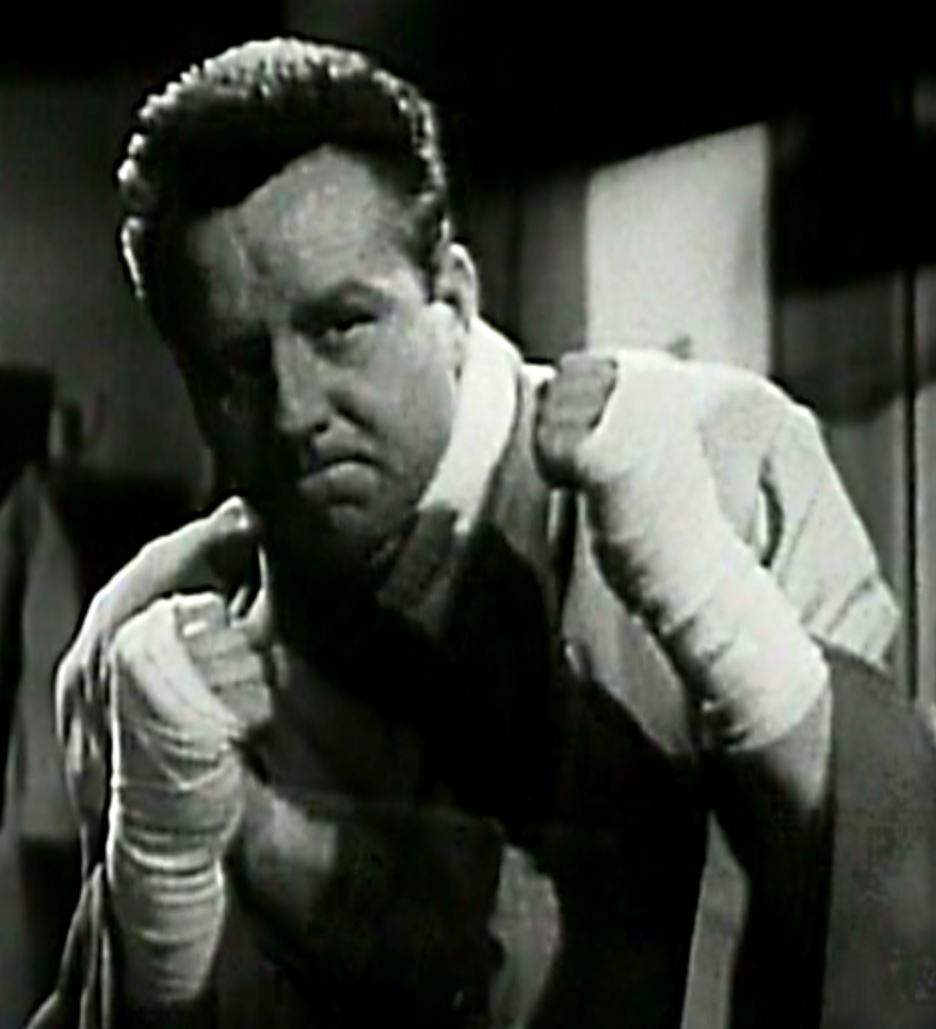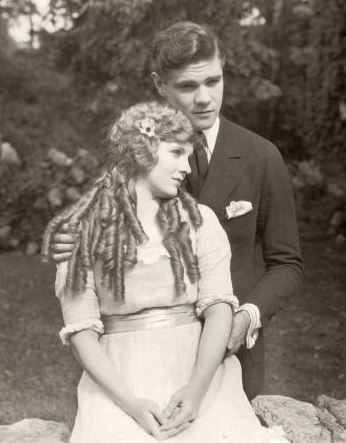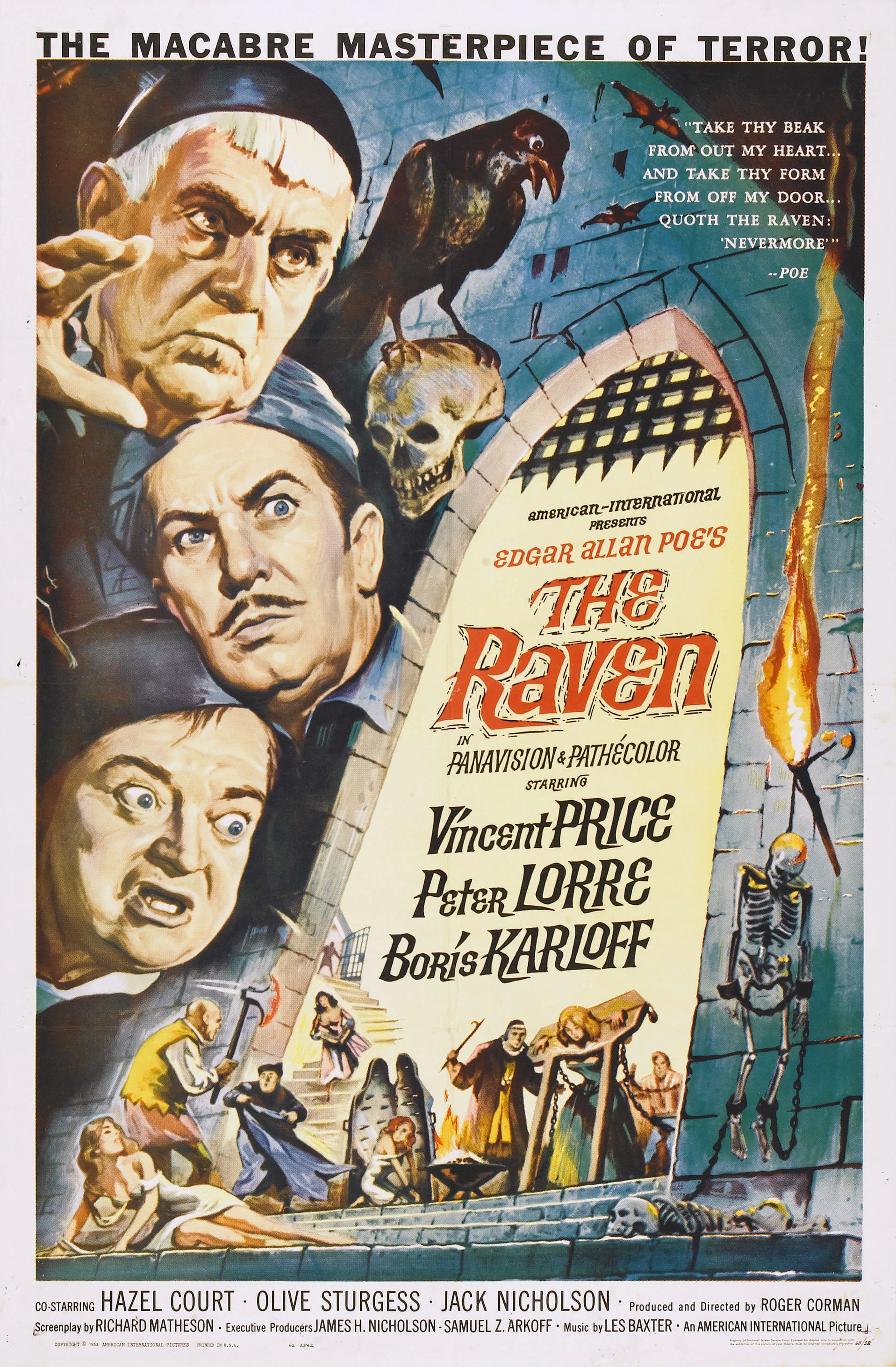|
Crossfire (film)
''Crossfire'' is a 1947 American film noir drama film starring Robert Young, Robert Mitchum and Robert Ryan which deals with the theme of anti-Semitism, as did that year's Academy Award for Best Picture winner, ''Gentleman's Agreement''. The film was directed by Edward Dmytryk and the screenplay was written by John Paxton, based on the 1945 novel ''The Brick Foxhole'' by screenwriter and director Richard Brooks. The film's supporting cast features Gloria Grahame and Sam Levene. The picture received five Oscar nominations, including Ryan for Best Supporting Actor and Gloria Grahame for Best Supporting Actress. It was the first B movie to receive a best picture nomination. Plot In the opening scene, a man is seen beating a Jewish man named Joseph Samuels to death in a hotel room. After the police are called in to investigate his murder, officer Capt. Finlay suspects that the murderer may be among a group of demobilized soldiers who had been with Samuels and his female companion ... [...More Info...] [...Related Items...] OR: [Wikipedia] [Google] [Baidu] |
Edward Dmytryk
Edward Dmytryk (September 4, 1908 – July 1, 1999) was an American film director. He was known for his 1940s films noir, noir films and received an Academy Award for Best Director, Oscar nomination for Best Director for ''Crossfire (film), Crossfire'' (1947). In 1947, he was named as one of the Hollywood Ten, a group of blacklisted film industry professionals who refused to testify to the House Un-American Activities Committee (HUAC) in their investigations during the McCarthy era, McCarthy-era Second Red Scare, Red Scare. They all served time in prison for contempt of Congress. In 1951, however, Dmytryk testified to the HUAC and named individuals, including Arnold Manoff, whose careers were then destroyed for many years, to rehabilitate his own career. First hired again by independent producer Stanley Kramer in 1952, Dmytryk is likely best known for directing ''The Caine Mutiny (film), The Caine Mutiny'' (1954), a critical and commercial success. The second-highest-grossing fil ... [...More Info...] [...Related Items...] OR: [Wikipedia] [Google] [Baidu] |
Academy Award For Best Picture
The Academy Award for Best Picture is one of the Academy Awards presented annually by the Academy of Motion Picture Arts and Sciences (AMPAS) since the awards debuted in 1929. This award goes to the producers of the film and is the only category in which every member of the Oscars is eligible to submit a nomination and vote on the final ballot. The Best Picture category is often the final award of the night and is widely considered as the most prestigious honor of the ceremony. The Grand Staircase columns at the Dolby Theatre in Hollywood, where the Academy Awards ceremonies have been held since 2002, showcase every film that has won the Best Picture title since the award's inception. There have been 581 films nominated for Best Picture and 94 winners. History Category name changes At the 1st Academy Awards ceremony (for 1927 and 1928), there were two categories of awards that were each considered the top award of the night: ''Outstanding Picture'' and '' Unique and Artistic P ... [...More Info...] [...Related Items...] OR: [Wikipedia] [Google] [Baidu] |
Lex Barker
Alexander Crichlow Barker Jr. (May 8, 1919 – May 11, 1973), known as Lex Barker, was an American actor. He was known for playing Tarzan for RKO Pictures between 1949 and 1953, and portraying leading characters from Karl May's novels, notably as Old Shatterhand in a film series by the West German studio Constantin Film. At the height of his fame, he was one of the most popular actors in German-speaking cinema, and received Bambi Award and Bravo Otto nominations for the honor. Early life Barker was born in Rye, New York, the second child of Alexander Crichlow Barker Sr., a wealthy Canadian-born building contractor and stockbroker, and his American wife, the former Marion Thornton Beals. He had an elder sister, Frederica Amelia "Freddie" Barlow (1917–1980). Raised in New York City and Port Chester, New York, he attended the Fessenden School and graduated from Phillips Exeter Academy. He played American football and the oboe. He attended Princeton University, but dropped out to ... [...More Info...] [...Related Items...] OR: [Wikipedia] [Google] [Baidu] |
William Phipps (actor)
William Edward Phipps (February 4, 1922 – June 1, 2018) was an American actor and producer, sometimes credited simply as William Phipps, known for his roles in films and on television. Early years Hometown Phipps grew up in St. Francisville, Illinois. His parents divorced when he was six years old. By the time he was in high school, he was using his stepfather's last name of Couch. He developed a love of acting at a young age and performed in several plays in grade school and high school. One of the plays in which he performed, during his junior year of high school in 1937, was ''Before Morning'', a 1933 play made into a film that same year. College After graduating from high school in 1939, he attended Eastern Illinois University in Charleston, Illinois, where he majored in accounting, was elected freshman class president and served as head cheerleader. After two years of college, he moved to Hollywood, to pursue a career in acting and resumed his original last name of ... [...More Info...] [...Related Items...] OR: [Wikipedia] [Google] [Baidu] |
Tom Keene (actor)
Tom Keene (born George Duryea; December 30, 1896 – August 4, 1963) was an American actor known mostly for his roles in B Westerns. During his almost 40-year career in motion pictures Tom Keene worked under three different names. From 1923, when he made his first picture, until 1930 he worked under his birth name George Duryea. The last film he made under this name was '' Pardon My Gun''. Beginning with the 1930 film ''Tol'able David'', he used Tom Keene as his moniker. This name he used up to 1944 when he changed it to Richard Powers. The first film he used this name in was ''Up in Arms''. He continued to use this name for the rest of his film career. Early life and career Born George Duryea (no known relation to fellow actor Dan Duryea despite a resemblance) in Rochester, New York, Keene studied at Columbia University and Carnegie Tech before embarking on an acting career. He made his film debut in the 1923 short film ''The Just a Little Late Club''. Keene followe ... [...More Info...] [...Related Items...] OR: [Wikipedia] [Google] [Baidu] |
Richard Benedict
Richard "Pepe" Benedict (born Riccardo Benedetto, January 8, 1920 – April 25, 1984) was an Italian-American television and film actor and director. He was born in Palermo, Italy. He appeared in dozens of television programs and movies from the 1940s to the 1960s, most notably ''Ace in the Hole (1951 film), Ace in the Hole'' (1951), directed by Billy Wilder. Benedict appeared with Frank Sinatra and the Rat Pack in the 1960 movie ''Ocean's 11 (1960 film), Ocean's 11'' as one of the 11 men who rob five Las Vegas casinos on the same night. He also played the commander of the Mars rescue ship in the 1958 B sci-fi movie ''It! The Terror from Beyond Space''. Benedict's television appearances included ''Adventures of Superman (TV series), Adventures of Superman'', ''The Lone Ranger (TV series), The Lone Ranger'', ''Perry Mason (1957 TV series), Perry Mason'', ''Zorro (1957 TV series), Zorro'', ''Dragnet (series), Dragnet'', ''Peter Gunn'' and ''Hawaii Five-O (1968 TV series), Hawaii ... [...More Info...] [...Related Items...] OR: [Wikipedia] [Google] [Baidu] |
Steve Brodie (actor)
Steve Brodie (born John Daugherty Stephens; November 21, 1919 – January 9, 1992) was an American stage, film, and television actor from El Dorado in Butler County in south central Kansas. He reportedly adopted his screen name in memory of Steve Brodie, a daredevil who claimed to have jumped from the Brooklyn Bridge in 1886 and survived.Soden, Garrett (2005). ''Defying Gravity: Land Divers, Roller Coasters, Gravity Bums, and the Human Obsession With Falling'', New York: W. W. Norton & Company. Career Brodie appeared in 79 feature films during his career (1944-1988), plus a profusion of appearances on episodic TV. He worked at various studios, including MGM, RKO and Republic Pictures, appearing mostly in westerns and B-movies. He played supporting roles in the majority of his films, including the 1947 film noir classic ''Out of the Past'' and 1950's ''Armored Car Robbery''. An exception was 1947's '' Desperate'', where he had a starring role. Later appearances inc ... [...More Info...] [...Related Items...] OR: [Wikipedia] [Google] [Baidu] |
Jacqueline White
Jacqueline Jane White (born November 23, 1922) is an American former actress, who had a brief career in Hollywood motion pictures during the 1940s and early-1950s working as a contract player at both studios MGM and RKO, and perhaps best remembered for her roles in films ''Crossfire'' (1947) and ''The Narrow Margin'' (1952). She is one of the last surviving actresses from the Golden Age of Hollywood. Early years White was born on November 23, 1922, to Mr. and Mrs. Floyd Garrison White. Her cousin, Frank Knox, was a Secretary of the Navy. She was from Beverly Hills, California. She attended Beverly Hills High School and the University of California, Los Angeles. White and actress Lynn Merrick were childhood friends until White moved. They were reunited when both were in the cast of ''Three Hearts for Julia'' (1943). Career White's film debut resulted from her work in a drama class at UCLA. A casting director saw her in a production of ''Ah, Wilderness!'' and arranged for a s ... [...More Info...] [...Related Items...] OR: [Wikipedia] [Google] [Baidu] |
Paul Kelly (actor)
Paul Michael Kelly (August 9, 1899 – November 6, 1956) was an American stage, film, and television actor. His career survived a manslaughter conviction, tied to an affair, that caused him to spend time in prison in the late 1920s. Early life Paul Michael Kelly was born in Brooklyn, New York, to a Roman Catholic family of Irish descent, the ninth of 10 children. His father owned a saloon, Kelly's Kafe, in the shadow of Vitagraph Studios, on E. 14th St. in Midwood, Brooklyn. After his father's death, he began his career as a child actor at age seven and was appearing on the stage. In 1911, at age 12, Kelly began making silent films with Vitagraph Studios, where he was billed as Master Paul Kelly. Kelly was possibly the first male child actor to be given any starring roles in American films, antedating better-remembered child stars such as Bobby Connelly and Jackie Coogan. Career Kelly alternated between stage and screen as an actor. He was a handsome and popular male lead or ... [...More Info...] [...Related Items...] OR: [Wikipedia] [Google] [Baidu] |
B Movie
A B movie or B film is a low-budget commercial motion picture. In its original usage, during the Golden Age of Hollywood, the term more precisely identified films intended for distribution as the less-publicized bottom half of a double feature (akin to B-sides for recorded music). However, the U.S. production of films intended as second features largely ceased by the end of the 1950s. With the emergence of commercial television at that time, film studio B movie production departments changed into television film production divisions. They created much of the same type of content in low budget films and series. The term ''B movie'' continues to be used in its broader sense to this day. In its post-Golden Age usage, B movies can range from lurid exploitation films to independent arthouse films. In either usage, most B movies represent a particular genre—the Western was a Golden Age B movie staple, while low-budget science-fiction and horror films became more popular in the 19 ... [...More Info...] [...Related Items...] OR: [Wikipedia] [Google] [Baidu] |
Academy Award For Best Supporting Actor
The Academy Award for Best Supporting Actor is an award presented annually by the Academy of Motion Picture Arts and Sciences (AMPAS). It is given in honor of an actor who has delivered an outstanding performance in a supporting role while working within the film industry. The award is traditionally presented by the previous year's Best Supporting Actress winner. At the 9th Academy Awards ceremony held in 1937, Walter Brennan was the first winner of this award for his role in '' Come and Get It''. Initially, winners in both supporting acting categories were awarded plaques instead of statuettes. Beginning with the 16th ceremony held in 1944, however, winners received full-sized statuettes. Currently, nominees are determined by single transferable vote within the actors branch of AMPAS; winners are selected by a plurality vote from the entire eligible voting members of the Academy. Since its inception, the award has been given to 77 actors. Brennan has received the most awards ... [...More Info...] [...Related Items...] OR: [Wikipedia] [Google] [Baidu] |





